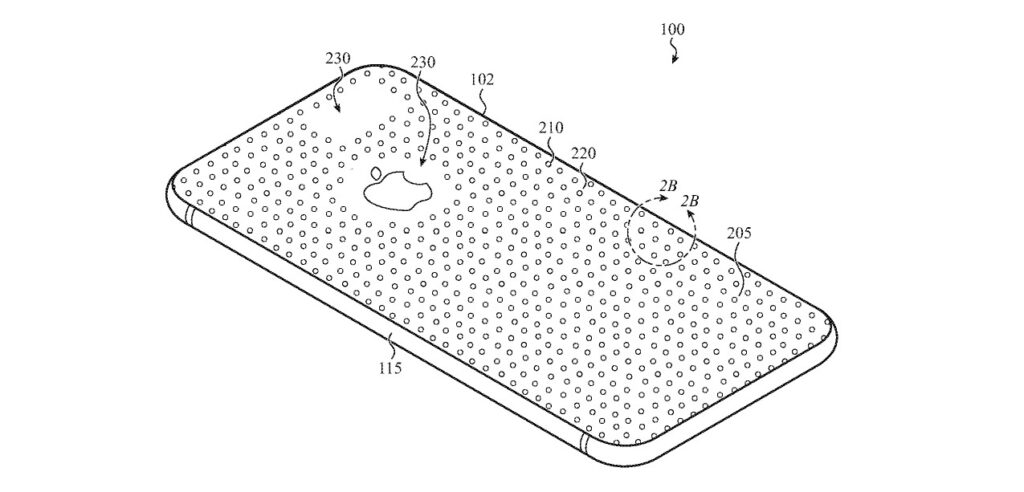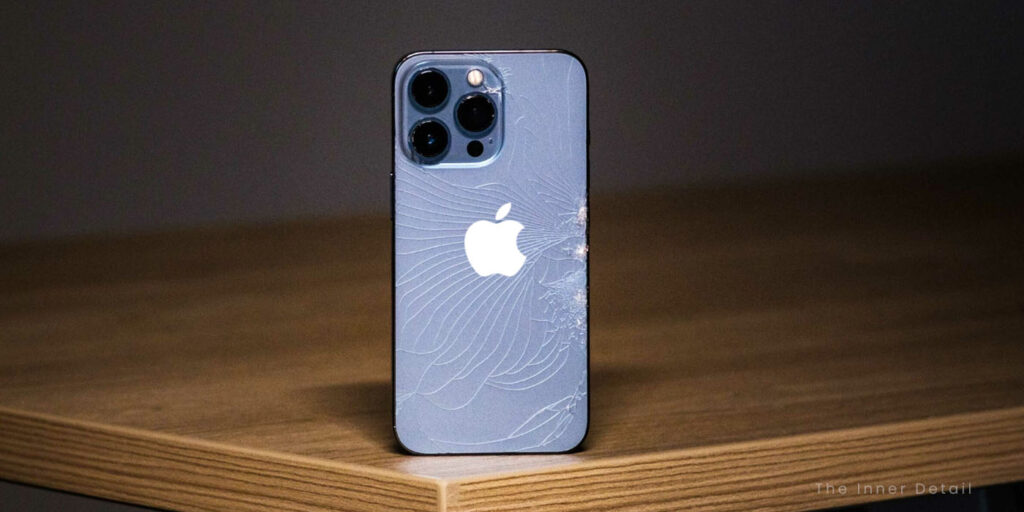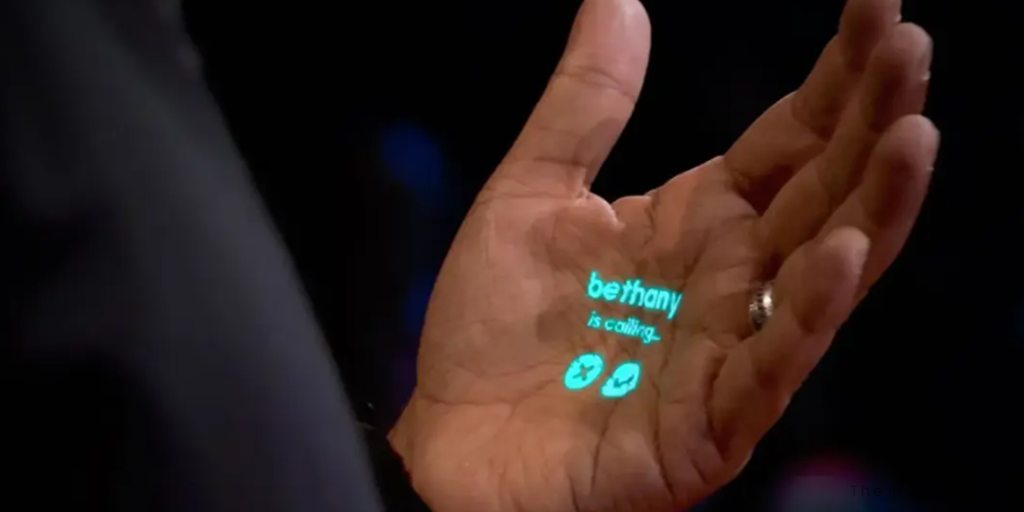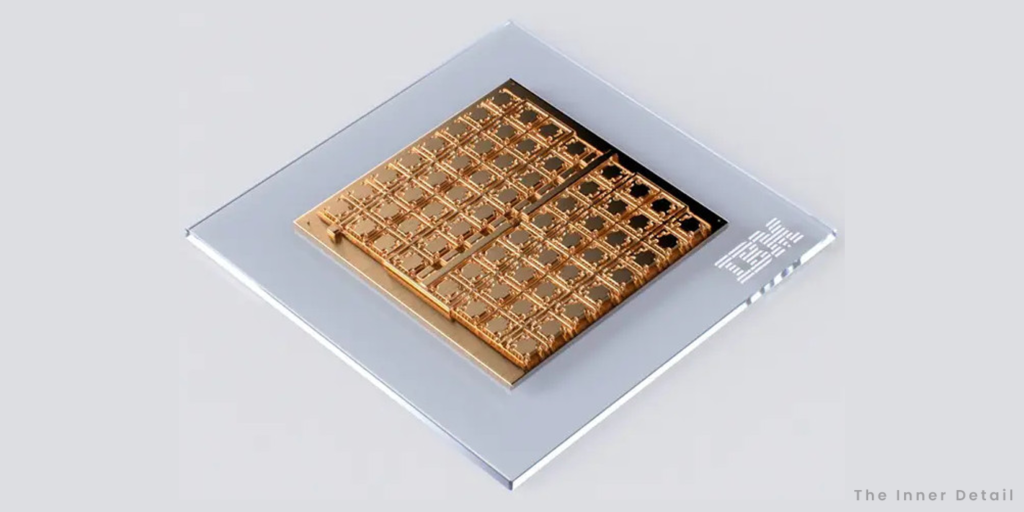Apple’s recent patent reveals that the firm is working on a powerful scratch-resistant back-panel for its iPhones that might avoid the need of cases.
Apple in motive to make the iPhone to withstand more wear and tear, explores chassis materials that proffers rigidity as well as looks good and smooth. In this case, a new patent by Apple explains what the back-panel will be like for future iPhones.
Apple has covered its iPhone 12 and iPhone 13 series with a ceramic shield and an aluminium or steel chassis to resist cracks and scratches. It continued so with its iPhone 14 series too, featuring ceramic shield panels for all its series-models, but with iPhone 14 and iPhone 14 Plus having a flat aluminium side, while iPhone 14 Pro and Pro Max housing stainless steel.
Prior to iPhone 12, Apple was using metal housings, and glass housings and had been back and forth, noting that the firm regularly scrutinizes for best practicality of phone’s back-panels. As every material comes with pros and cons, it’s better not to stick with a single material, but explore.
Say for example, metal housings may be particularly resistant to dents, scratches or breakage, but may interfere with radio signals entering or emanating from the device, Apple said. “Ceramic housings may be scratch resistant and transparent to radio signals, but may be brittle,” says Apple. “Plastic housings may be transparent to radio signals and fairly strong, but may be prone to scratches or dents.”
Spatial Composites for Future iPhones

Upon considering all these pros and cons, Apple has now come to a new solution – using “Spatial Composites”, which is nothing but blending two or more distinct materials into one. In this case, Apple might embed metal or ceramic with the chassis for scratch resistance.
It seems Apple will be adding other materials too with metal or ceramic, while collectively calling the composite as “abrasion-resistant members”. Apple’s patent displays drawings of abrasion-resistant members, each with different benefits but for a same purpose – more wear and tear.
Read this: Future Apple Watch Bands can change color by itself based on what you wear.
These abrasion-resistant members will be forged throughout the chassis spacing them between 10 to 100 microns.
The patent is still in research and it’s not yet known when Apple will be molding iPhones with spatial composites material and making it scratch-resistant. Anyhow, Apple wants to make its iPhone solid and rigid to wear and tear is what certain now. If this happens, you might not need cases for your iPhone.
Abstract of the patent:
“A housing of an electronic device includes a substrate defining an external surface and internal surface of the housing, at least one sidewall extending from the substrate, and abrasion-resistant members at least partly embedded in the substrate and extending beyond the external surface. The abrasion-resistant members may be formed from metal or ceramic. The substrate comprises a moldable matrix. The abrasion-resistant members are harder than the moldable matrix.”
The patent is credited to three inventors, including Christopher D. Preset.
Hope you find the page useful!
(For more such interesting informational, technology and innovation stuffs, keep reading The Inner Detail).
Kindly add ‘The Inner Detail’ to your Google News Feed by following us!







